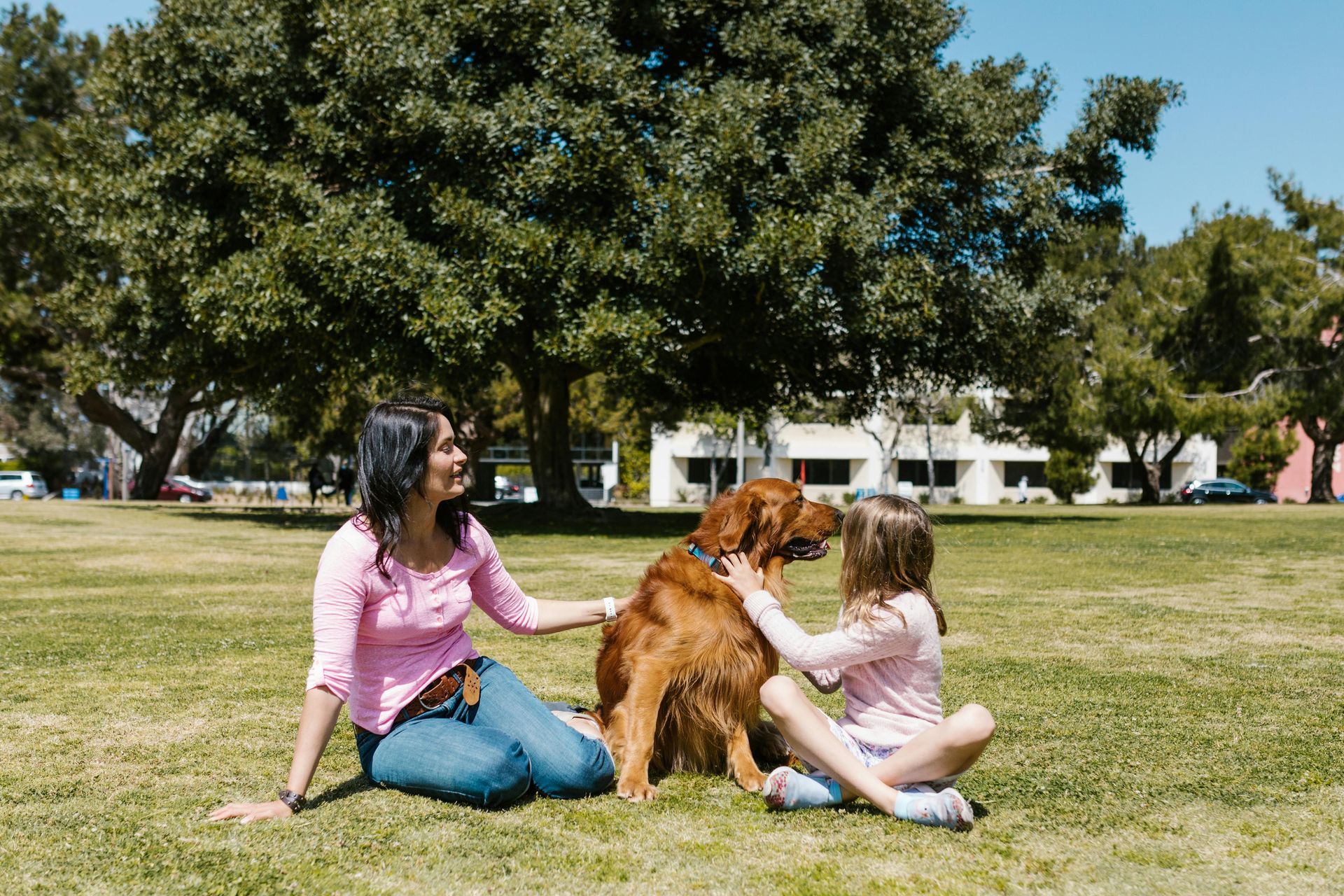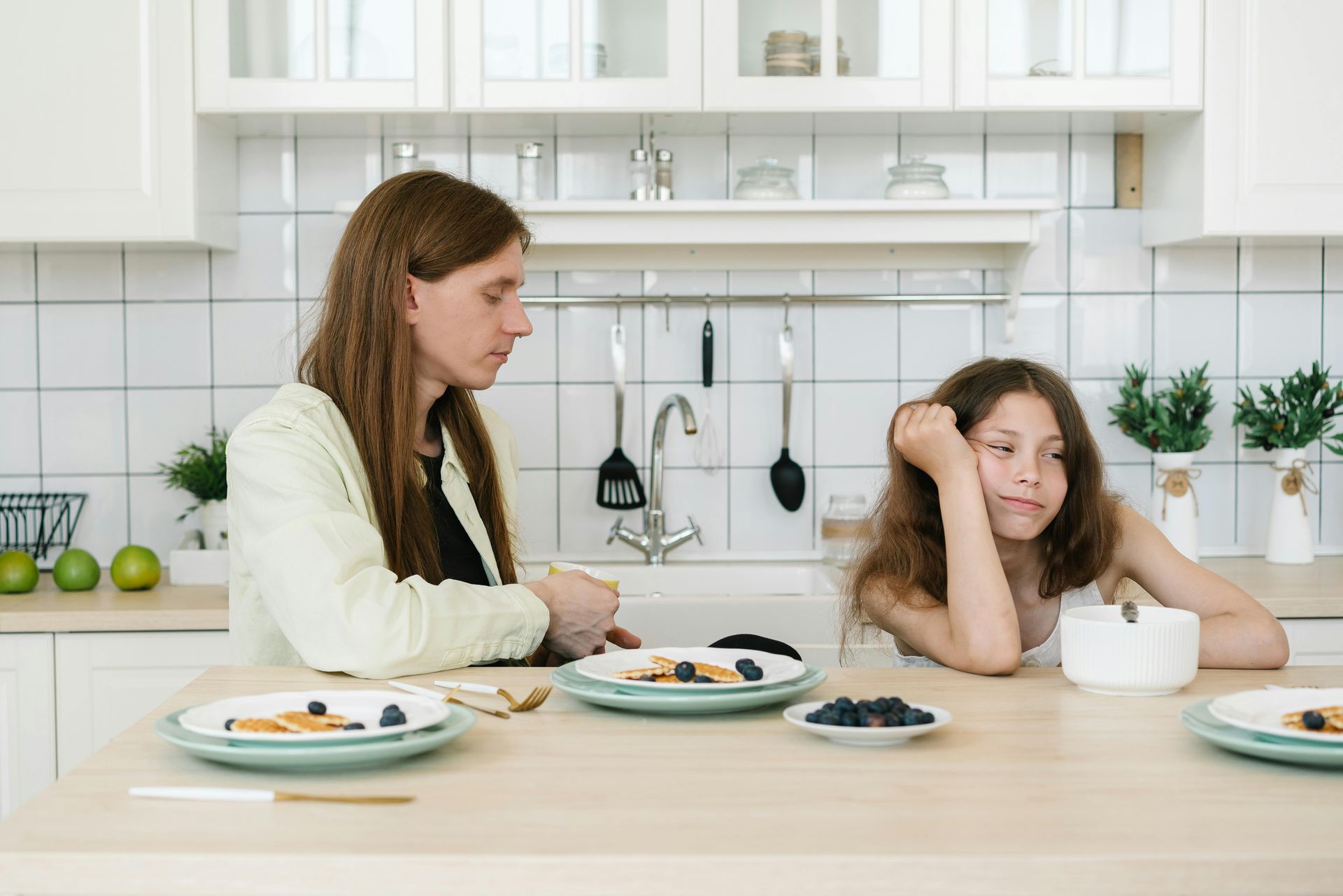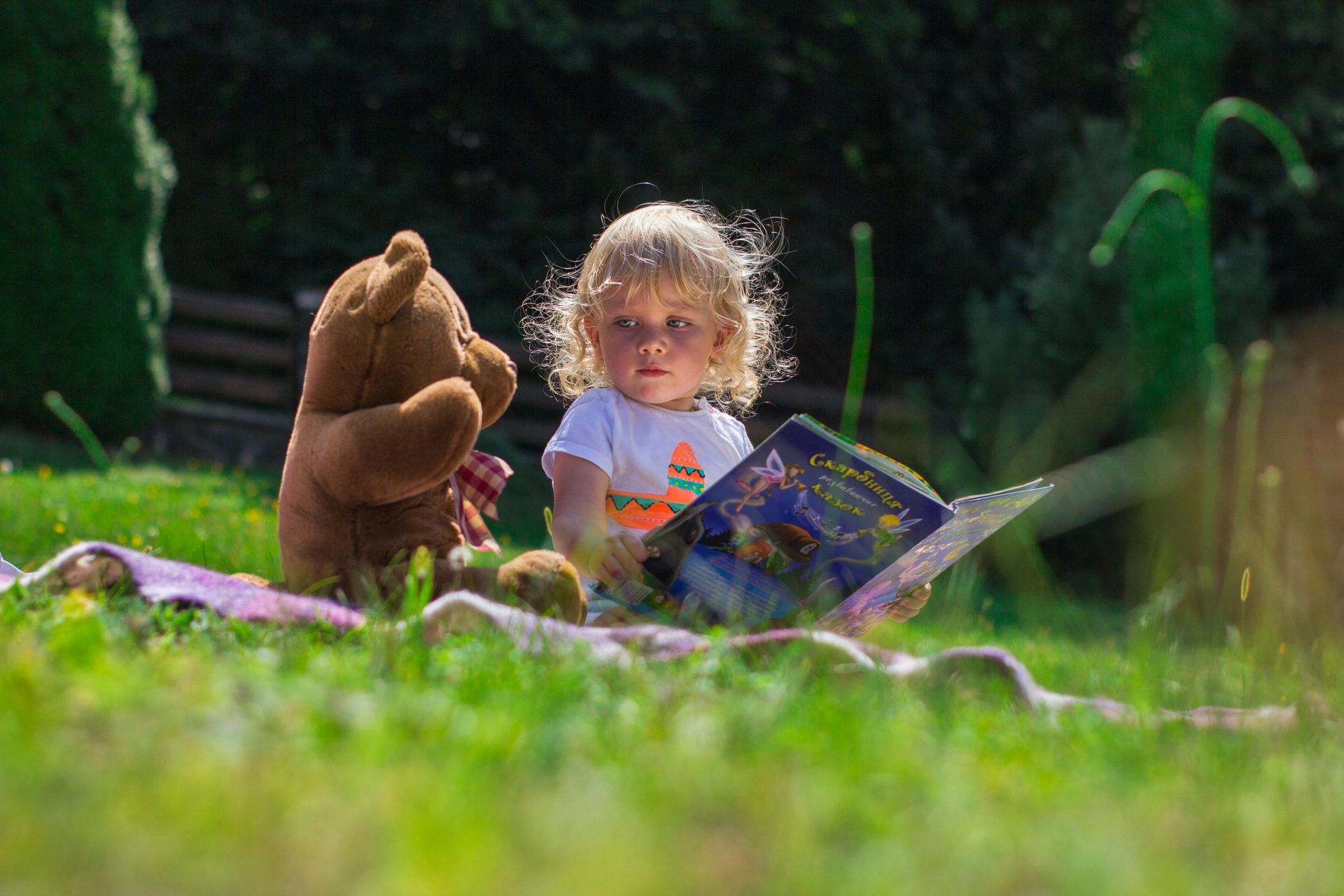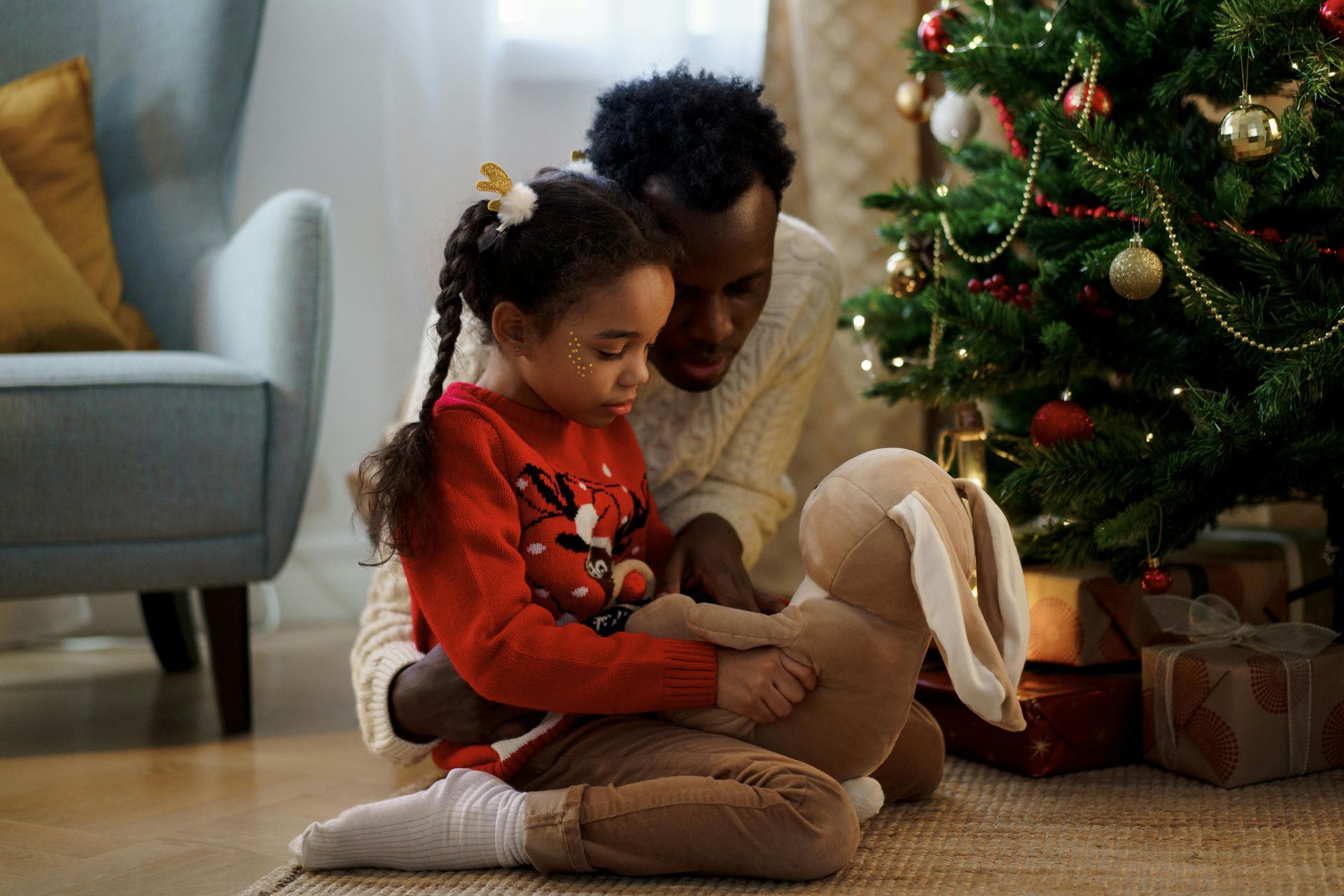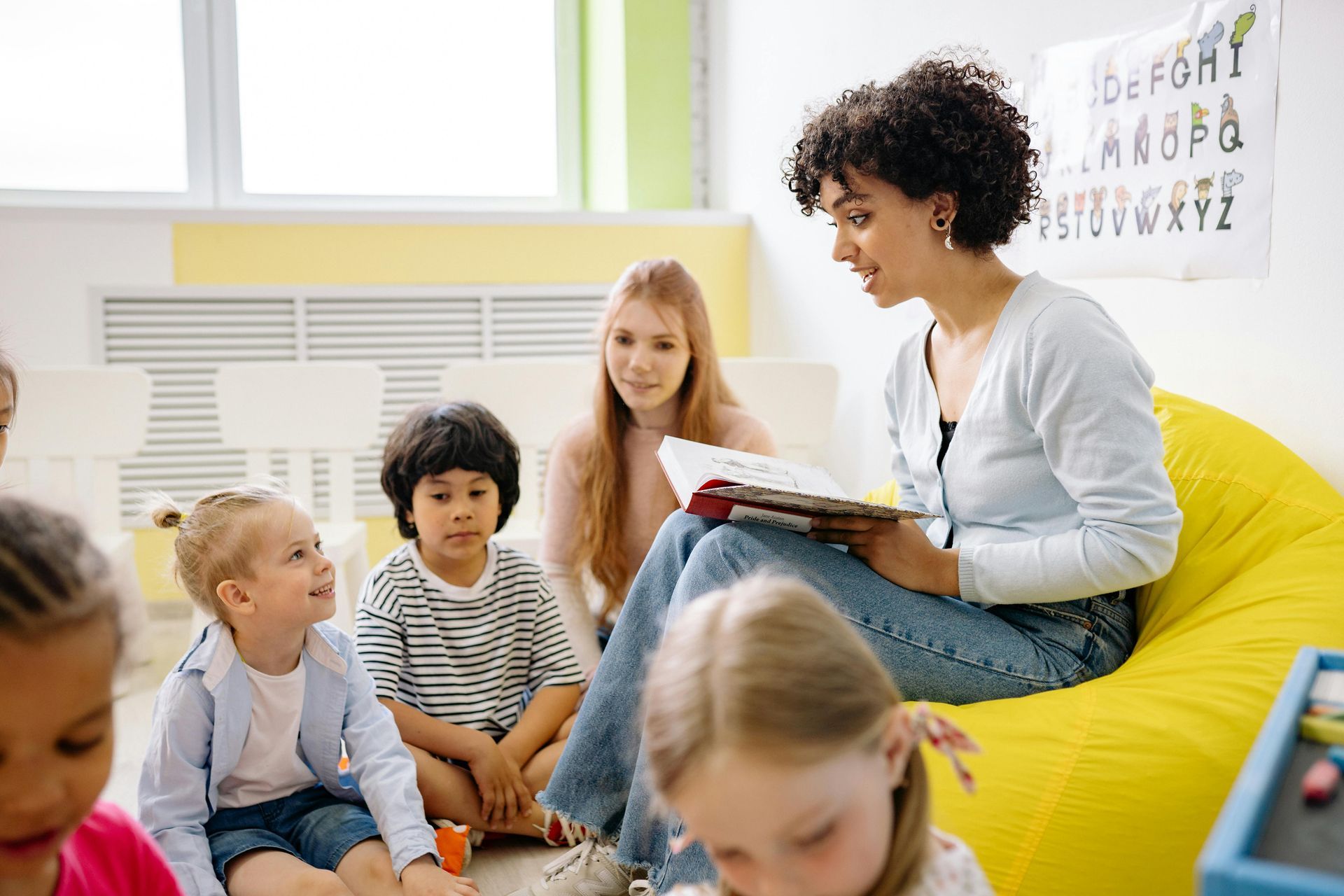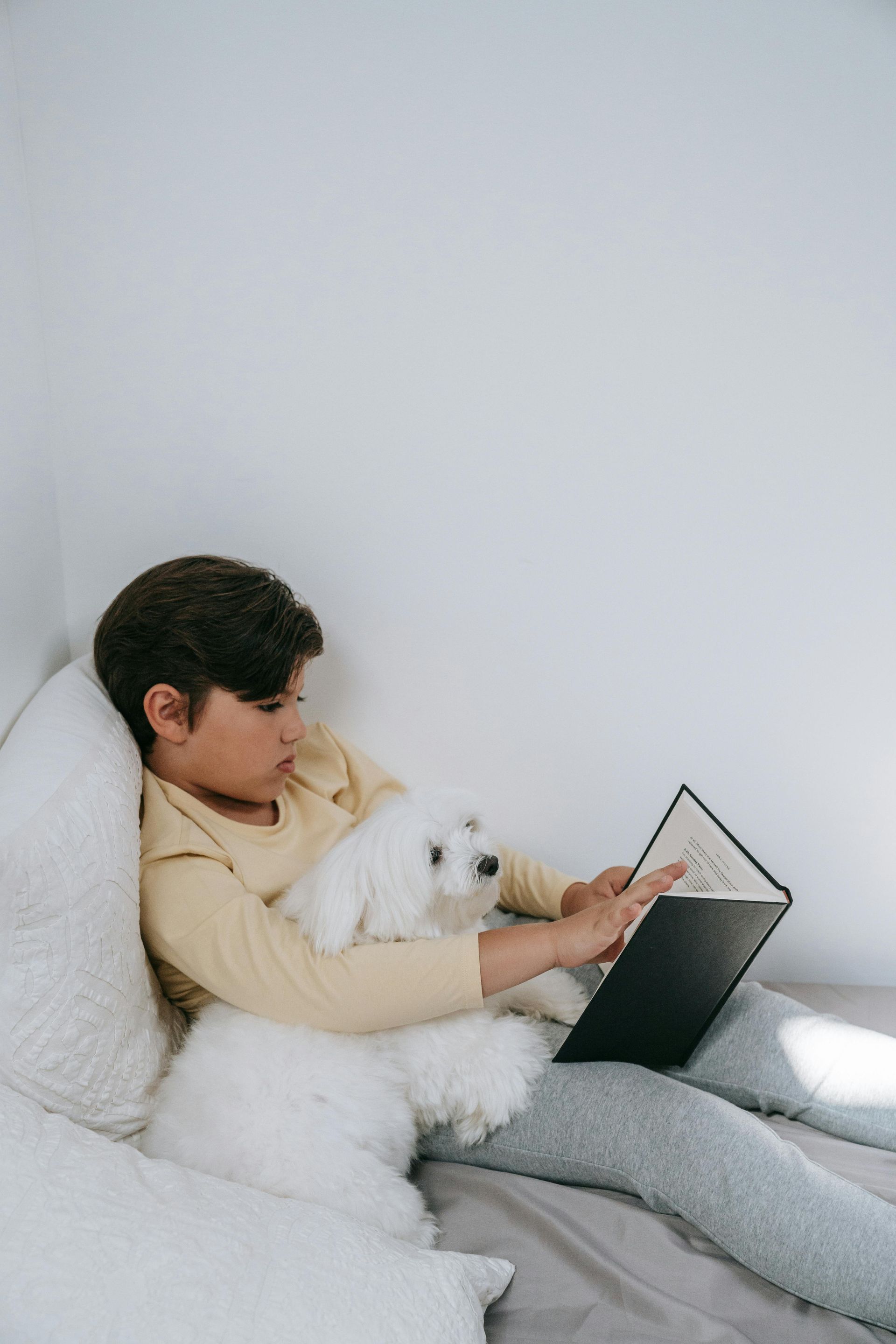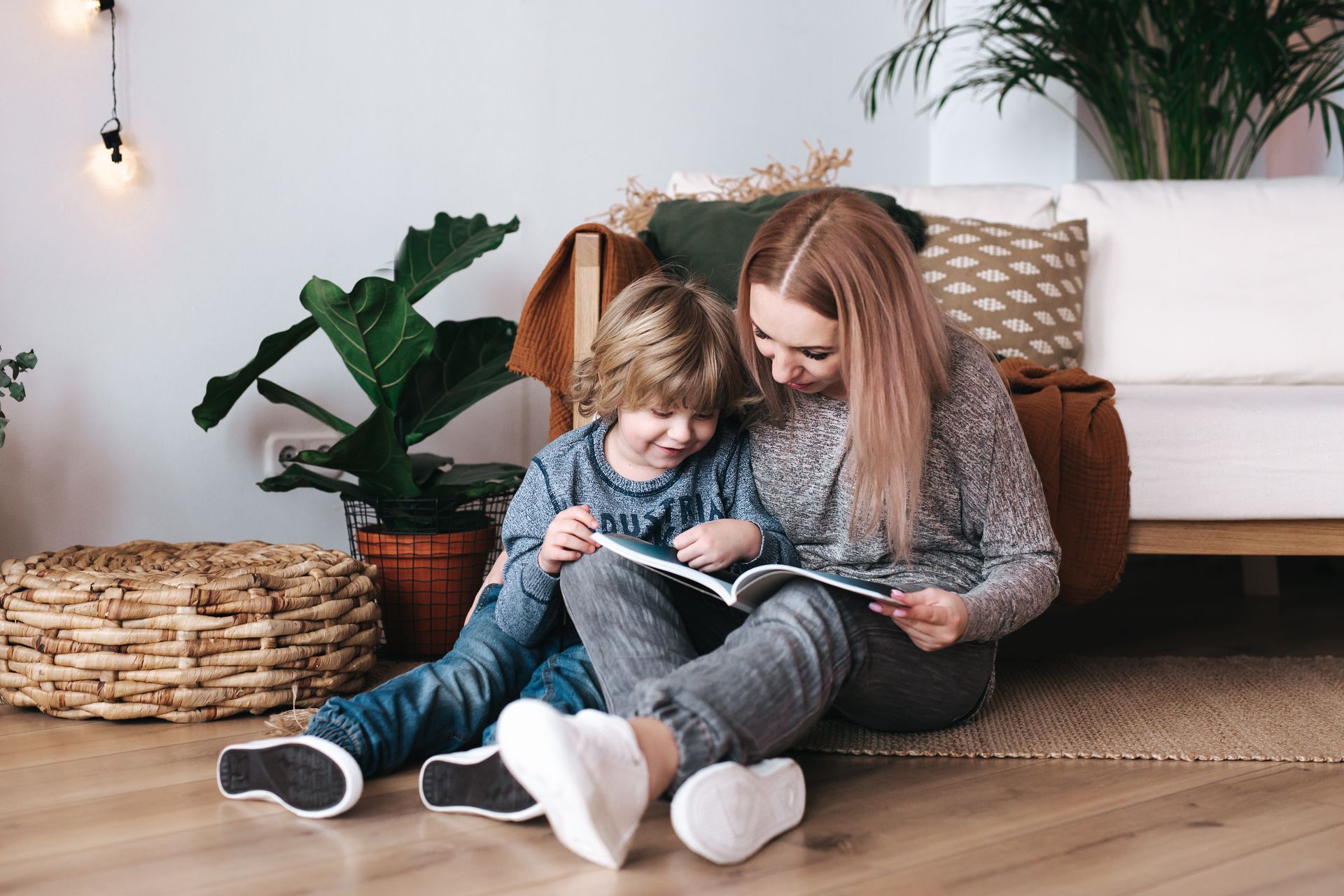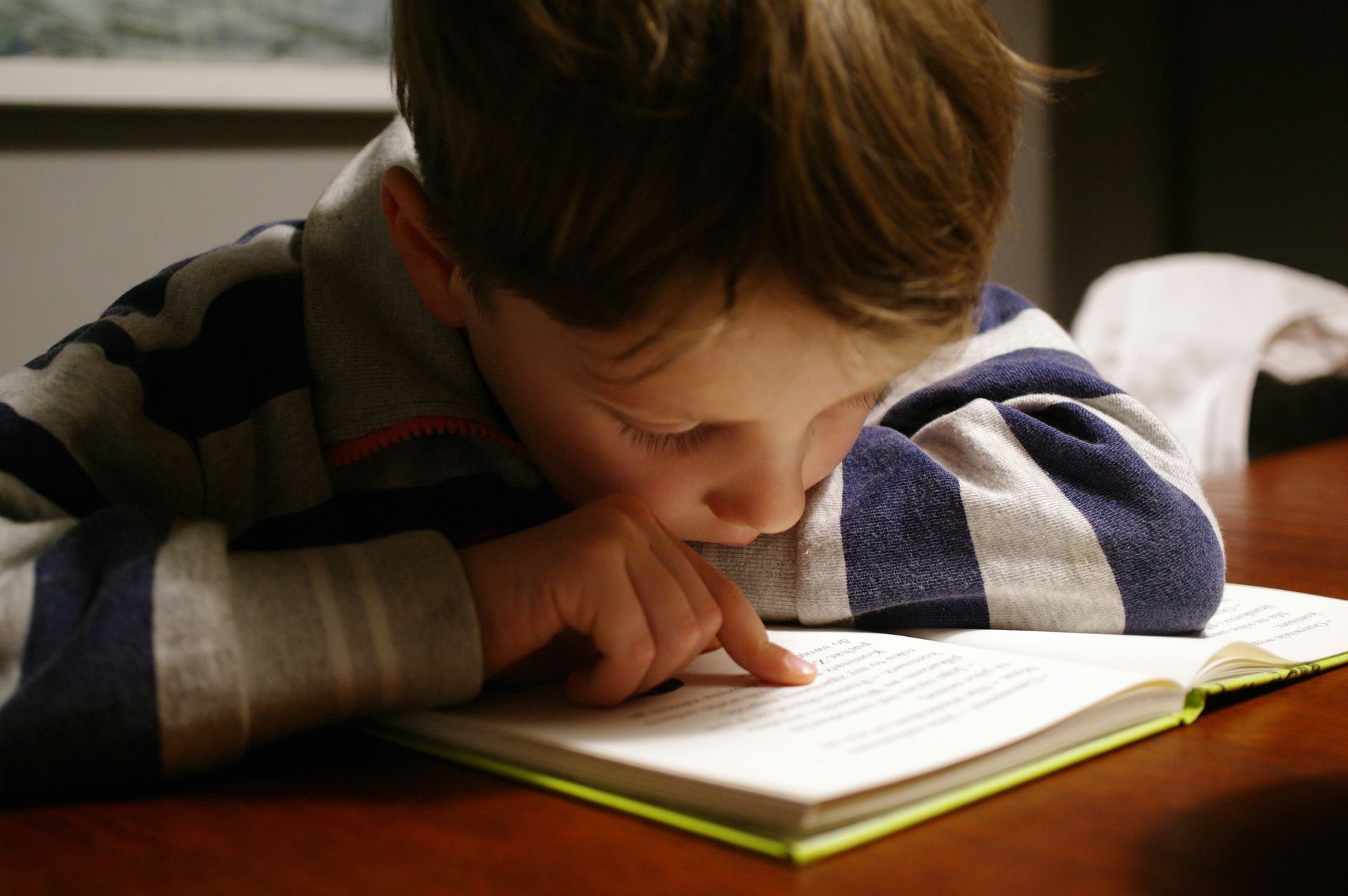Teaching Your Furry Friend New Tricks
Use consistent positive reinforcement training
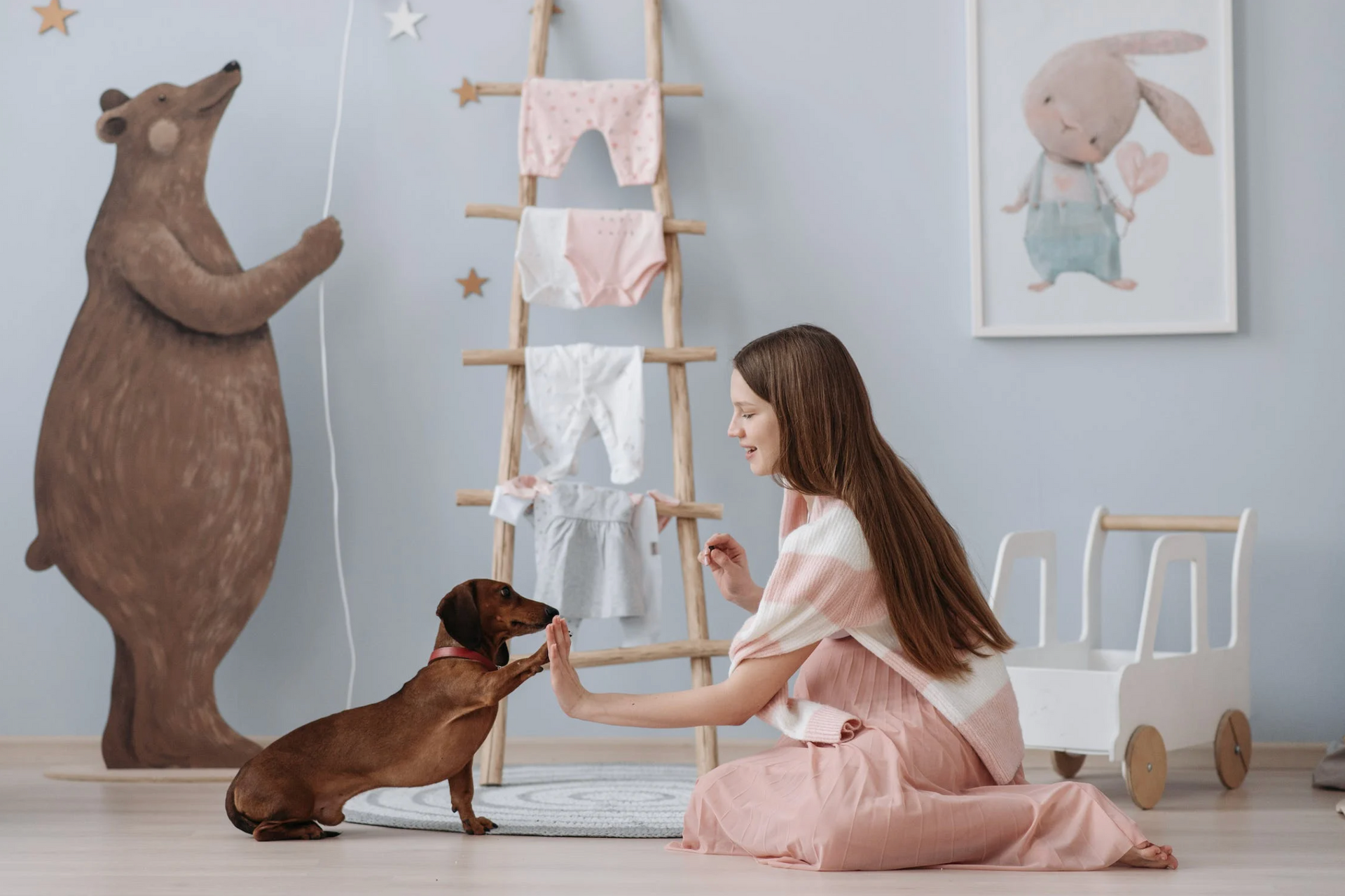
Teaching your dog new tricks can be a fun and rewarding experience for both you and your furry companion. It also helps with the bonding process, if the bond isn’t initially there you will get nothing so make sure your furry friend respects and actually likes you. Bonding with your dog is an essential part of building a strong, loving, and mutually beneficial relationship. Here are some tips for bonding with your dog:
Spend quality time together: Take your dog for walks, play games, and engage in other activities that you both enjoy. Spending quality time together can help strengthen your bond.
Provide plenty of physical contact: Dogs love physical touch, like petting, belly rubs, and cuddling. Regularly providing physical contact can help create a sense of trust and affection.
Use positive reinforcement training: Using positive reinforcement training techniques, such as treats and praise, can help build your dog's confidence and trust in you. This can strengthen your bond and make training more effective.
Practice communication: Dogs are great at reading body language and tone of voice. Practice communicating with your dog in a consistent and clear way to establish trust and a sense of understanding.
Be consistent and reliable: Dogs thrive on routine and predictability. Being consistent and reliable in your interactions with your dog can help them feel secure and safe, strengthening your bond.
Remember, bonding with your dog is a gradual process that requires patience, consistency, and effort. But with time and attention, you can create a strong, loving relationship with your furry companion. Once the partnership has been formed, here are some tips to help you get started on the tricks:
Start with basic commands. Before teaching your dog more complex tricks, make sure they have mastered basic commands such as "sit," "stay," and "come." This will help establish a foundation of obedience and make it easier for them to learn new tricks.
Use positive reinforcement. Positive reinforcement is a great way to motivate your dog to learn new tricks. This can include treats, praise, or playtime as a reward for good behaviour.
Break down the trick into smaller steps. Teaching a trick can be overwhelming for a dog if you try to teach them the entire trick at once. Break it down into smaller, manageable steps and teach them one step at a time.
Teaching a dog to sit is a relatively simple command to train, and it can be done using motivation techniques. Here are the steps to teach a dog to sit:
Start by getting your dog's attention with a treat or toy. Hold the treat or toy in front of your dog's nose, but keep it slightly out of reach.
Slowly move the treat or toy over your dog's head, so that the dog's eyes follow the treat.
As your dog's head moves up, their hindquarters will naturally lower to the ground. When this happens, say "sit" in a clear, firm voice.
As soon as your dog sits, give them the treat or toy and praise them with positive words and petting.
Repeat the process several times, gradually reducing the amount of guidance with the treat until the dog sits on command without the treat or toy.
Practise the sit command in different environments, with different distractions, until your dog can sit on command reliably.
Remember to be patient and consistent when teaching your dog new commands. And always use positive reinforcement techniques, like treats and praise, to reward good behaviour.
Use a clear, consistent command. When teaching your dog a new trick, use a clear and consistent command. This will help them understand what you want them to do.
Be patient. Teaching a dog a new trick takes time and patience. Don't get discouraged if your dog doesn't get it right away. Keep practising and be patient with them.
Practice regularly. Consistency is key when it comes to teaching your dog new tricks. Make sure to practise regularly, even if it's just for a few minutes a day.
Make it fun. Training should be enjoyable for both you and your dog. Incorporate play and make it a game, so they look forward to training.
Use different methods to help them understand, such as hand signals, body language, and verbal cues. This will help your dog understand the trick better and respond faster.
Remember, the most important thing is to have fun and enjoy the process of bonding and growing with your dog.
